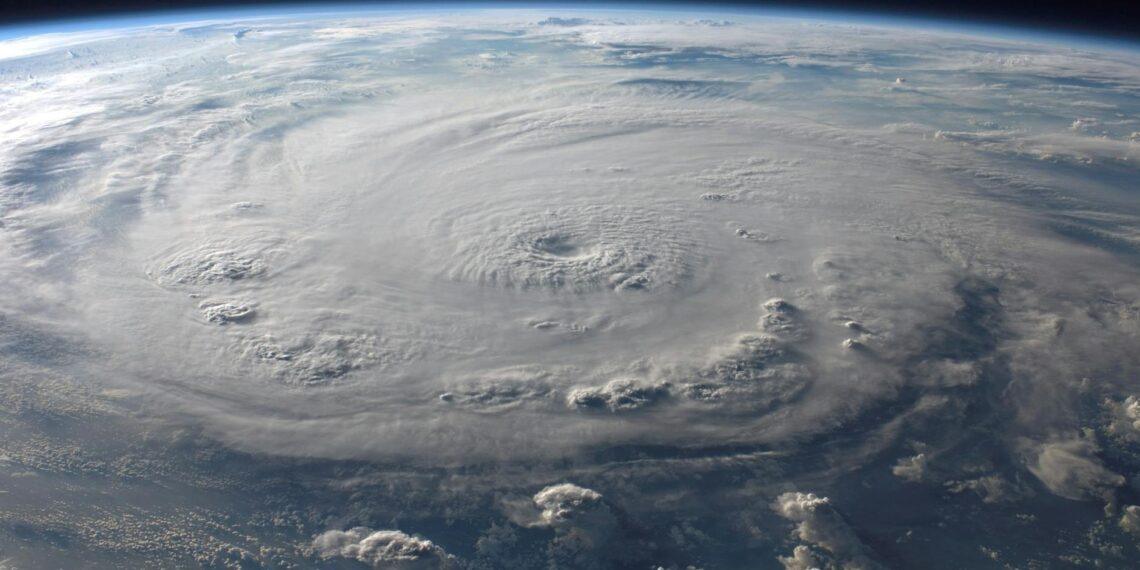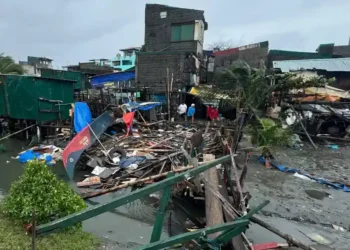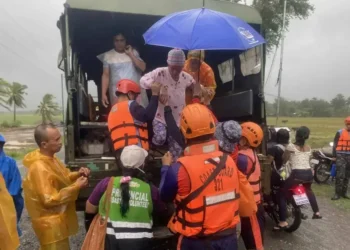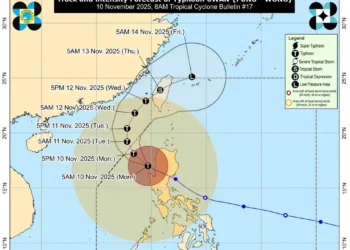Climate change has increased the destructive force of natural disasters, knocking down power lines and leaving thousands in the dark. You don’t realize how much of your life depends upon a steady electricity stream until authorities say it may be weeks until service returns.
Here’s how natural disasters impact our energy security, what we can do about it and what hurdles we must first overcome.
The Problem of Worsening Natural Disasters
In October 2024, Hurricane Milton barreled toward Florida as a Category 5 storm. While it was demoted to a Category 3 storm upon landfall, it left nearly half a million Floridians without power for days afterward.
Milton followed close on the heels of Hurricane Helene. Helene walloped the region before heading north, drowning presumed climate havens like Asheville while closing the historic Blue Ridge Parkway during the height of the October leaf-peeping season. Meanwhile, the West bakes under temperatures well above average.
Scientists expect such severe events to become the norm, not the exception. Even if all nations stopped producing emissions now, the atmosphere would take a while to return to normal. Meanwhile, world leaders have doubled down on fossil fuel production, and several multinational corporations have abandoned previous climate change goals.
We can expect worsening disasters for the foreseeable future.
Such events can knock out large portions of the grid. A lack of power frustrates rescue and relief efforts and contributes to the death toll. Patients in hospitals and others who rely on a steady power source for assisted devices or keeping medications cold are often the first to suffer, but everyone feels the impact.
Increasing Availability
While fossil fuel production will continue, transitioning to clean, renewable energy — and doing so in a way that ensures equitable distribution — can help maintain energy security amid worsening disasters.
1. Solar-Powered Grid Diversification
In a typical grid, power flows one way — from the refinery to the generating station to individual homes and businesses. Shutdowns higher in the chain disrupt electricity to millions.
Today, solar panels work effectively even in cloudy regions, thanks to advances like tracking systems that rotate them to follow the sun. Inverter technology prevents power from diverse solar generation stations from traveling back over wires and damaging them, enabling grid diversification.
Erecting multiple interconnected solar farms — using private rooftops and land rentals, business parking lots or community gardens in new housing developments — provides local regions with an independent and clean power source. The larger grid then stores the excess power generated to even out the distribution. When storms strike, each solar farm operates independently to prevent further system damage until professionals perform repairs. Some lights stay on, thanks to multiple generating stations.
Authorities must also hammer out economic questions about this new grid design. For example, solar lowers energy costs for wealthy residents who can afford private panels but increases prices for those reliant on the grid. How to compensate people for using private land for energy production while keeping prices low and equitable across the board remains in contention.
2. Tapping Into Geothermal
Geothermal energy is a relatively untapped source in the United States, although Iceland derives a large percentage of its energy needs from it. Many scientists believe we are perched on an inexhaustible supply of energy — if only we invest the necessary resources to learn how to capture it.
Improving Resilience
Switching to clean, renewable energy and redesigning the grid will take time. Building the necessary infrastructure is only one part of the race — the other is changing the minds of local authorities to allow such projects to go forward.
In the meantime, building more resilient homes increases their resistance to natural disasters while improving energy efficiency and reducing fossil fuel use. Many builders, such as ForeverHome, have begun making their designs more resistant to storm surges and high winds for those living in coastal regions.
Rebuilding right after a disaster matters. Preexisting storm damage can create weak points in buildings that make them susceptible to mold or energy leaks that affect health. Including underlayments such as 30-pound felt to protect structures against future damage can prevent the roof from falling. Pairing them with green roofs also prevents some of the storm runoff that floods sewer systems and spreads health risks.
Additionally, economic factors raise questions. Already, insurers have pulled out of several markets and are loath to issue new homeowner’s policies. Who pays for these needed repairs after more severe disasters remains in question.
Natural Disasters and Energy Security
Climate change has arrived, and stronger disasters are the norm. Bracing the nation’s grid for energy security amid the crisis requires examining all factors and moving forward mindfully.
This article was rewritten by JournosNews.com based on verified reporting from trusted sources. The content has been independently reviewed, fact-checked, and edited for accuracy, neutrality, tone, and global readability in accordance with Google News and AdSense standards.
All opinions, quotes, or statements from contributors, experts, or sourced organizations do not necessarily reflect the views of JournosNews.com. JournosNews.com maintains full editorial independence from any external funders, sponsors, or organizations.
Stay informed with JournosNews.com — your trusted source for verified global reporting and in-depth analysis. Follow us on Google News, BlueSky, and X for real-time updates.













